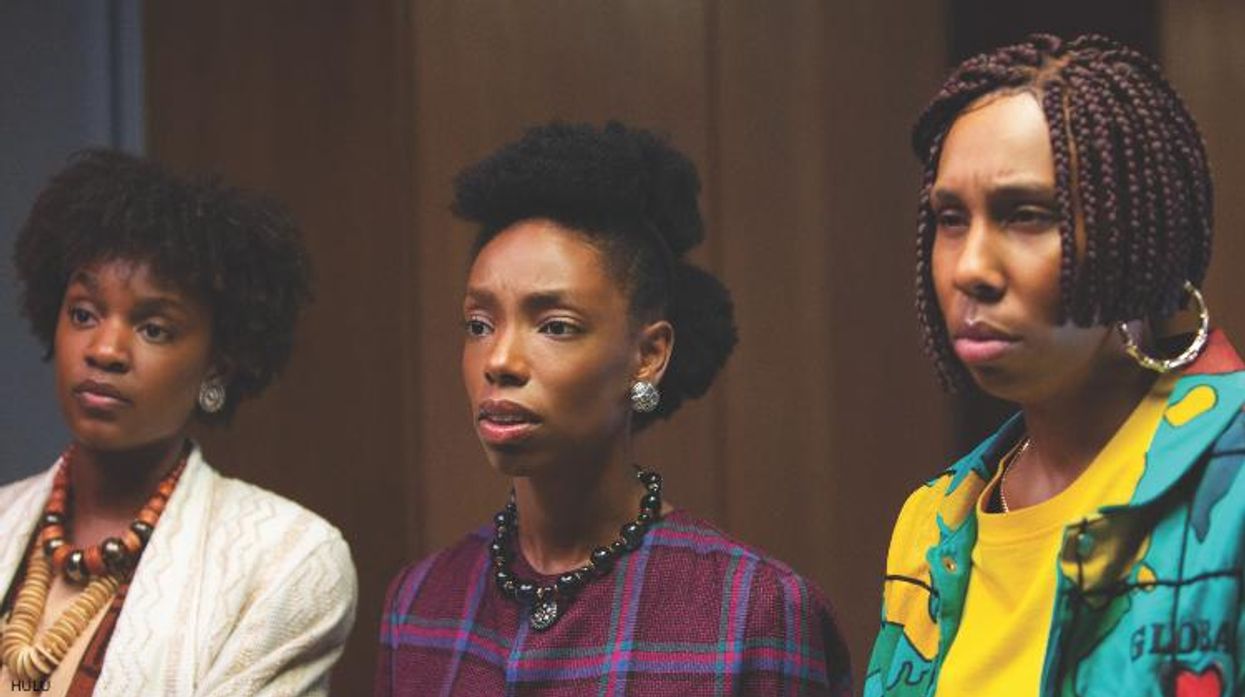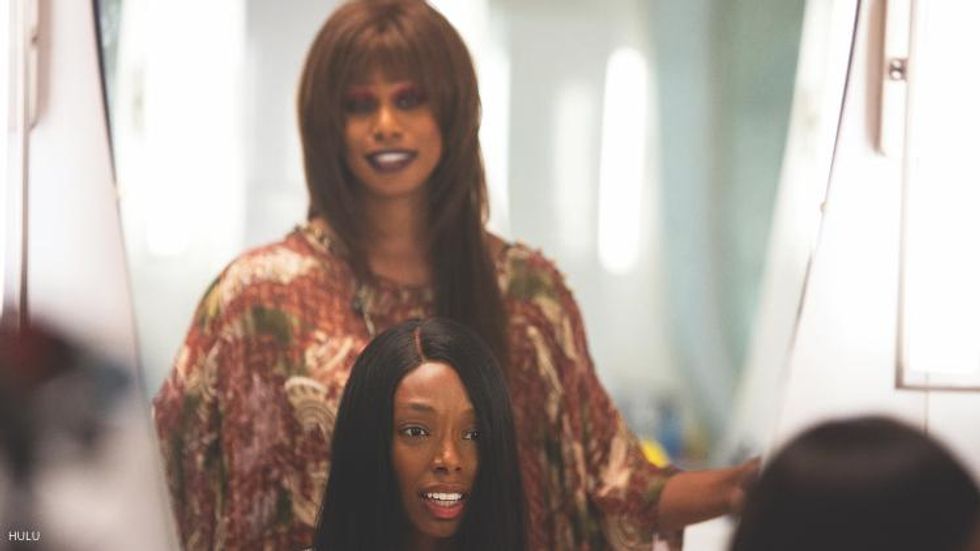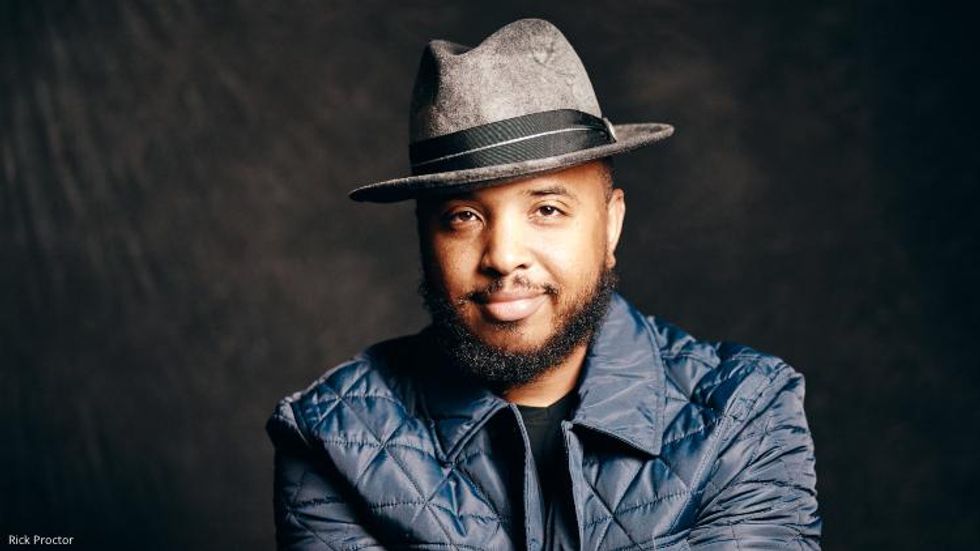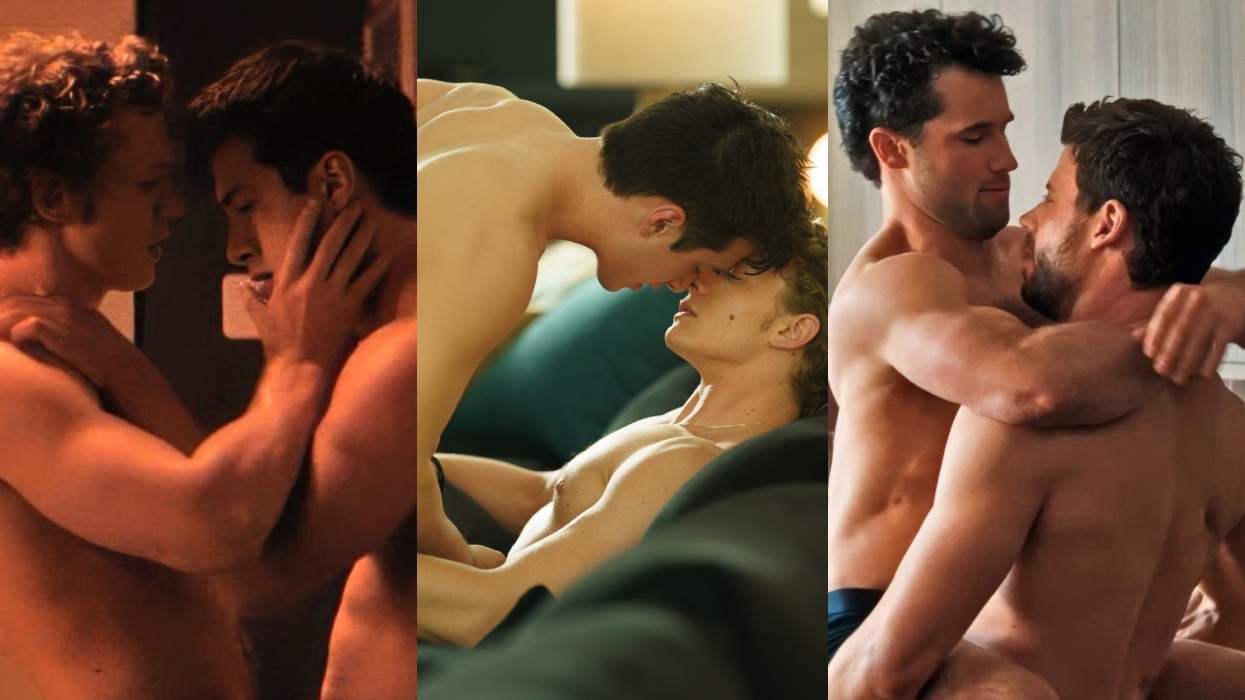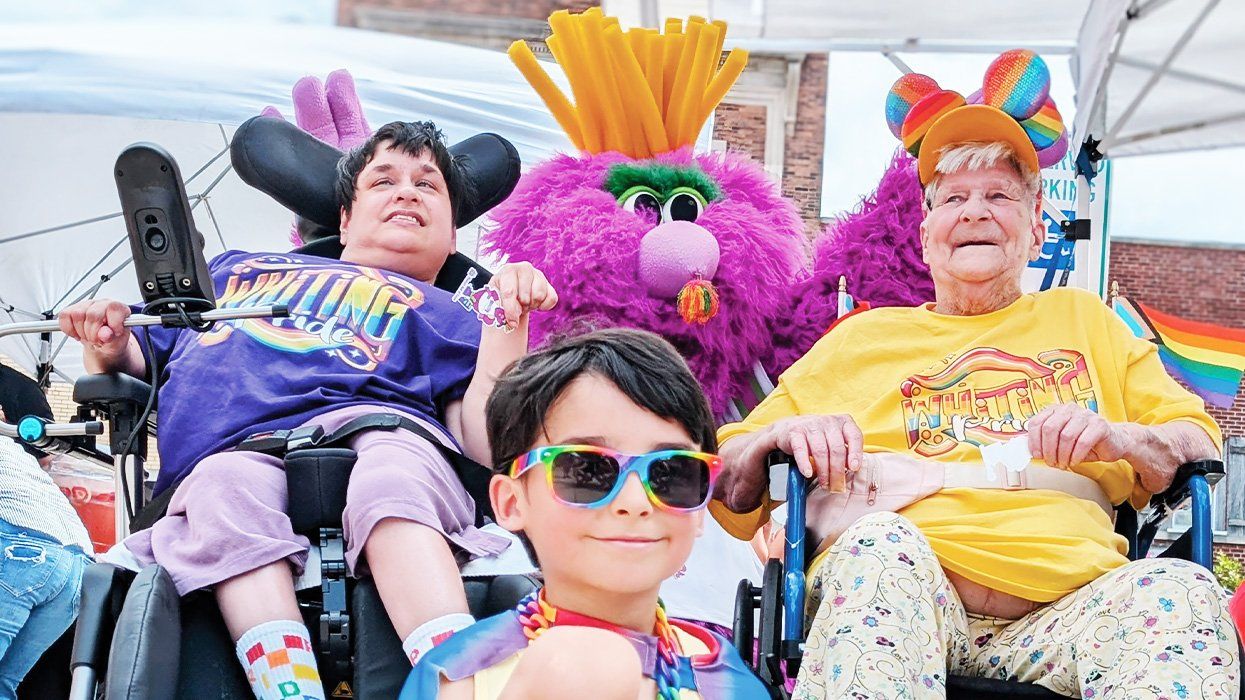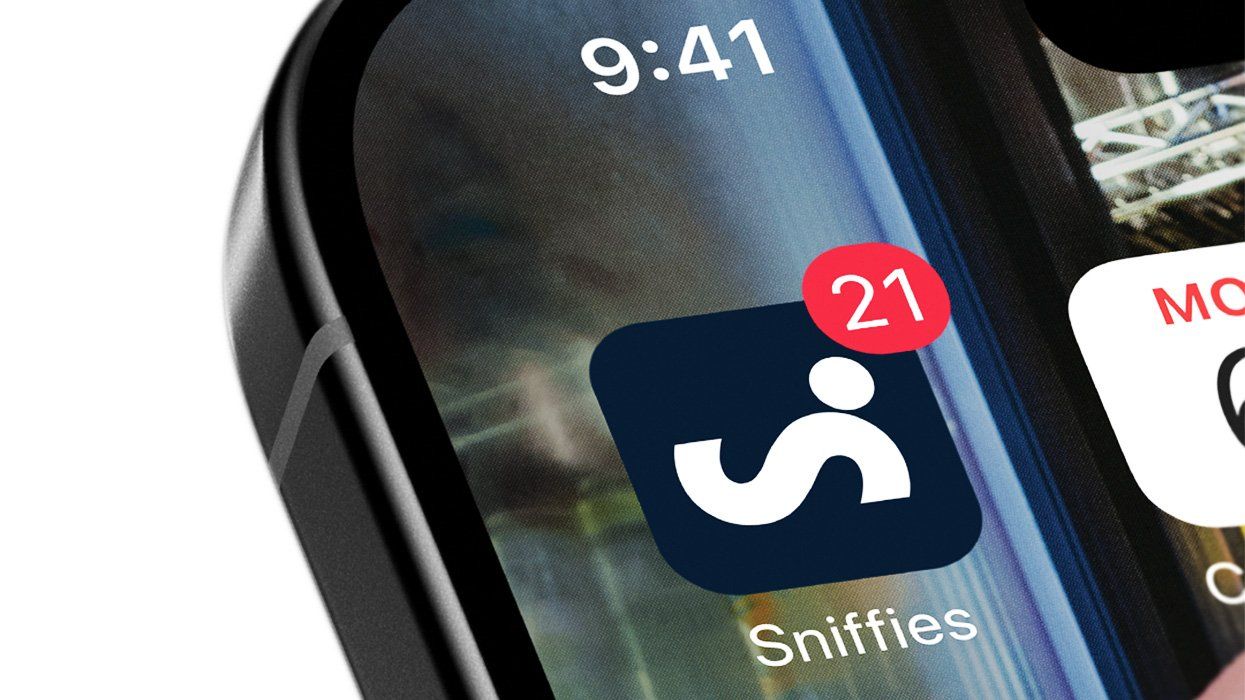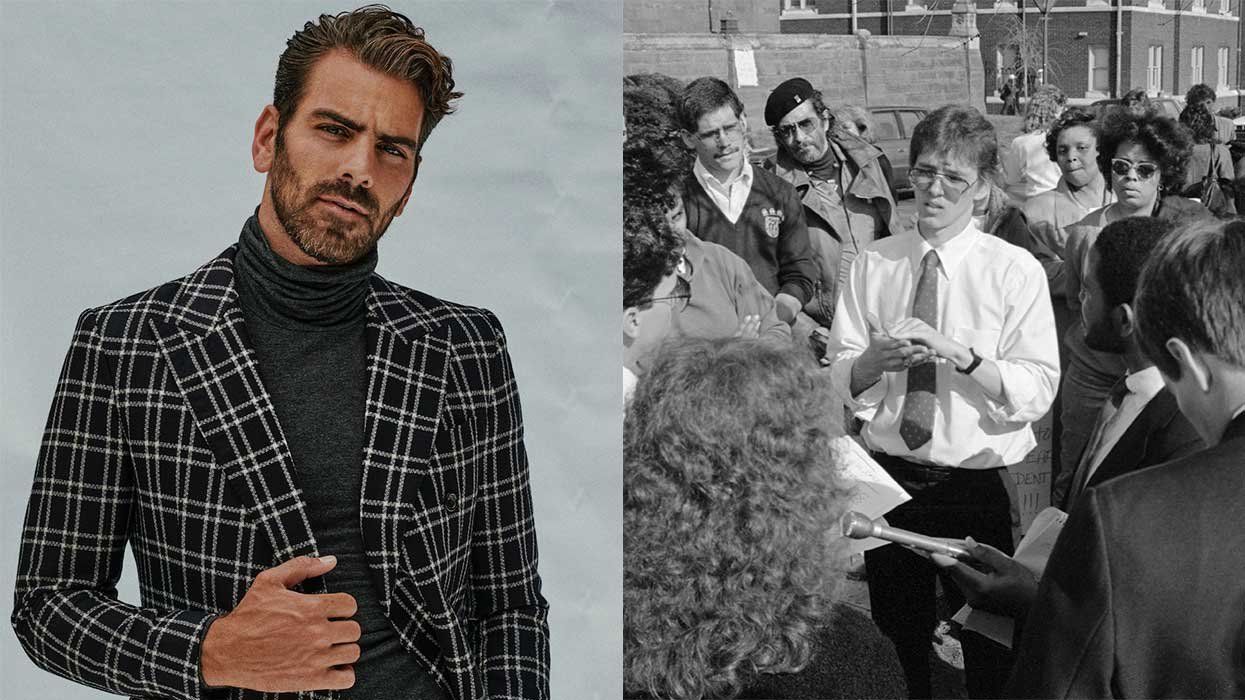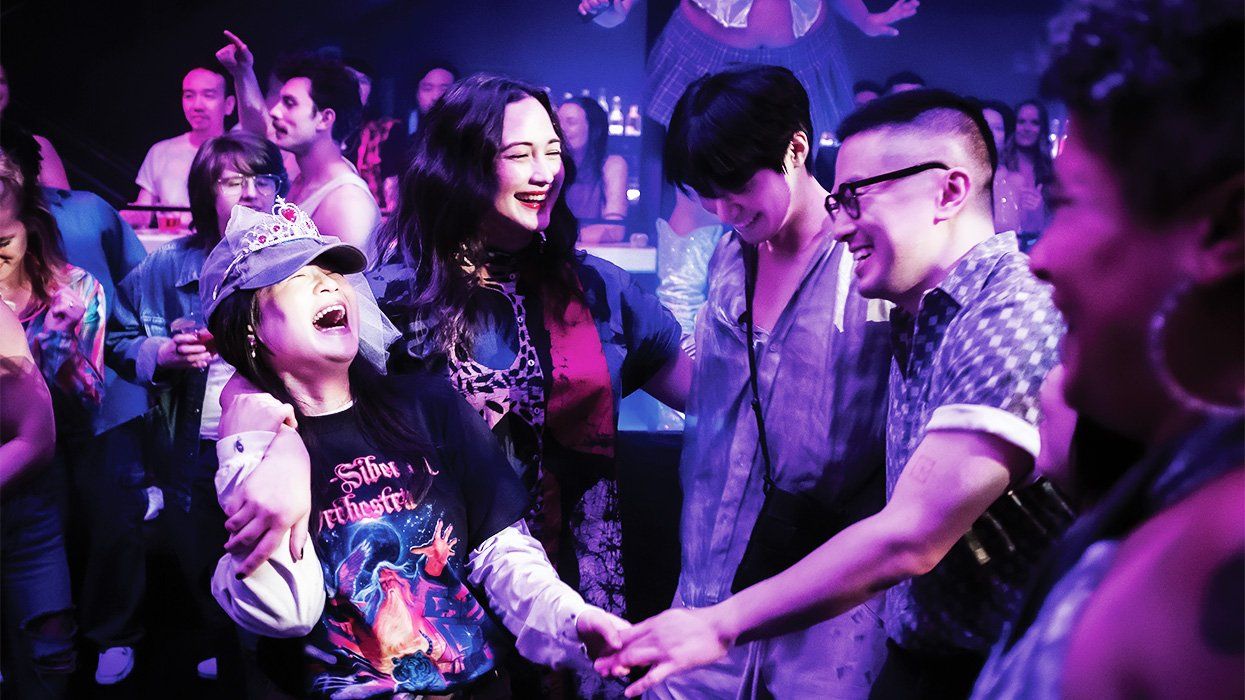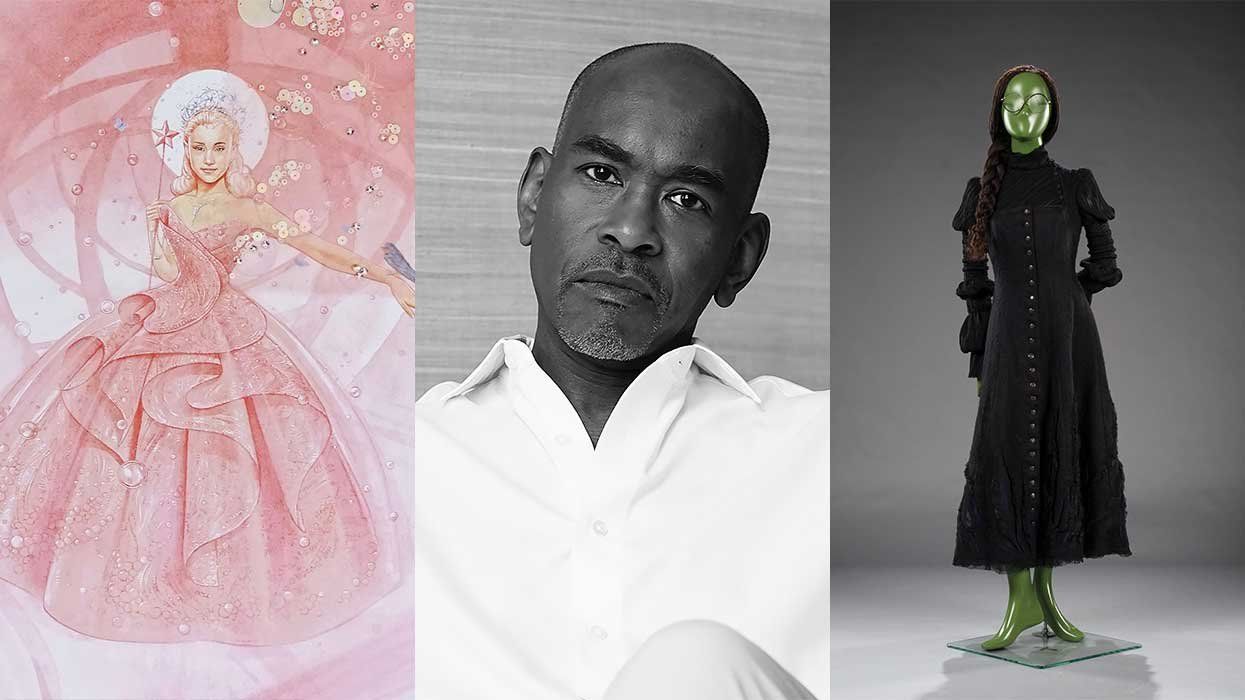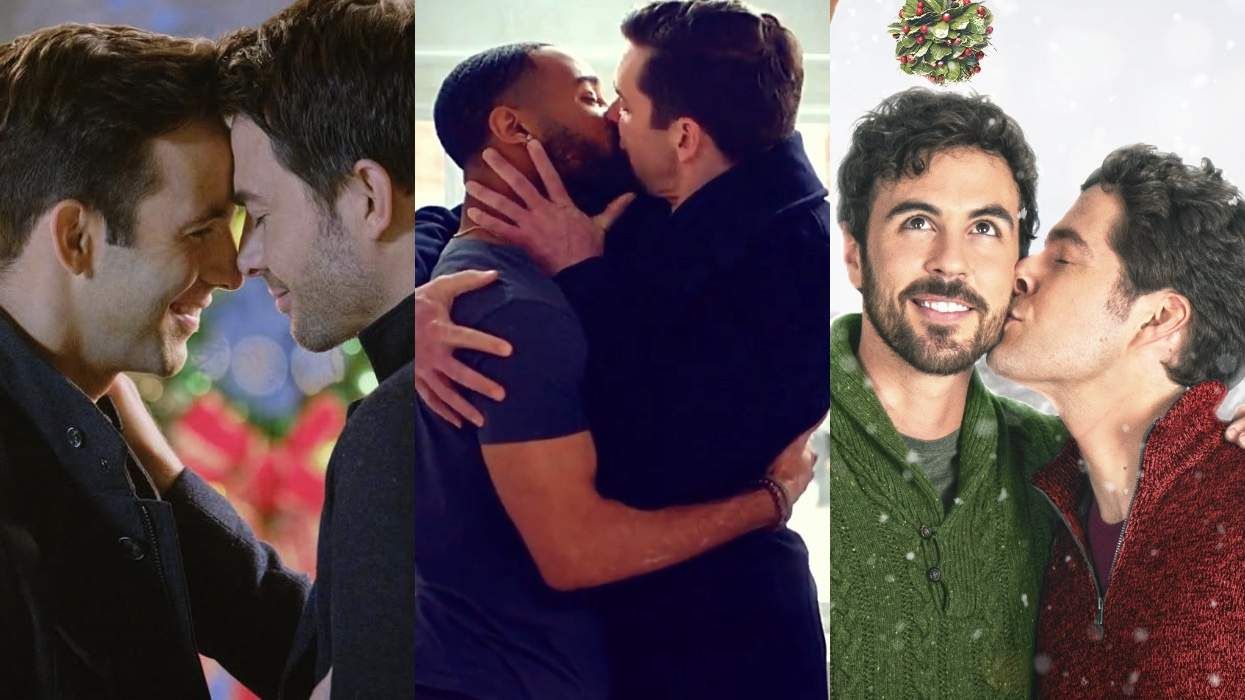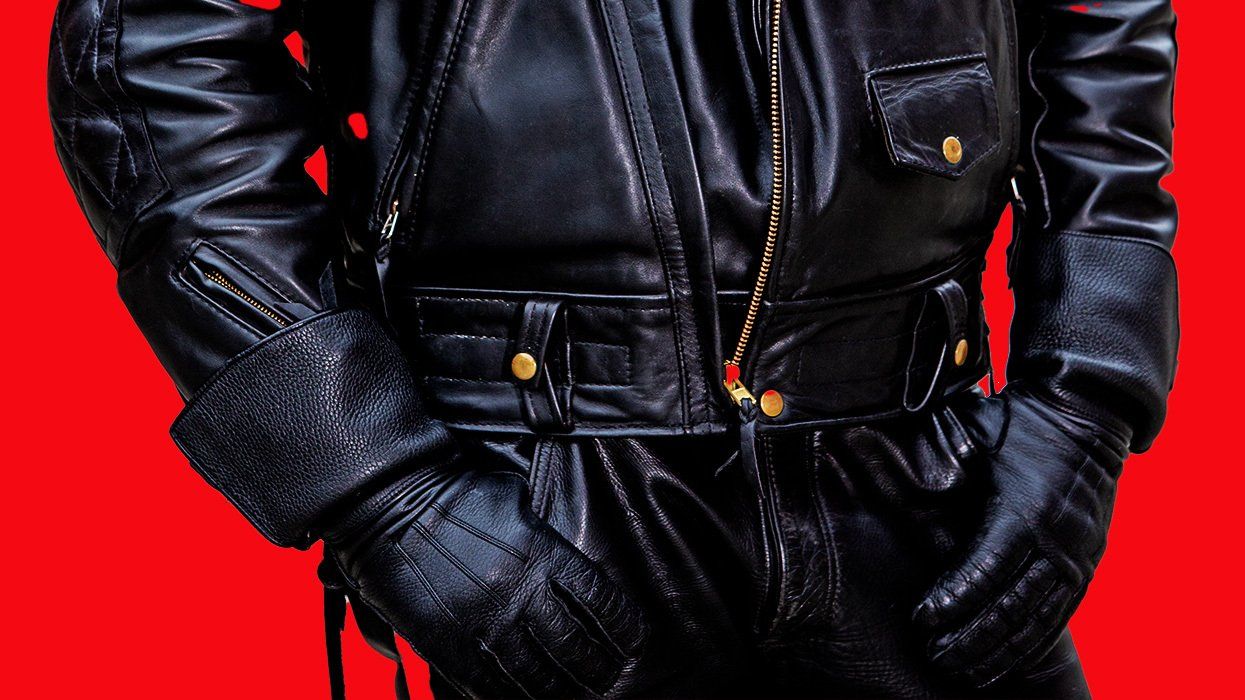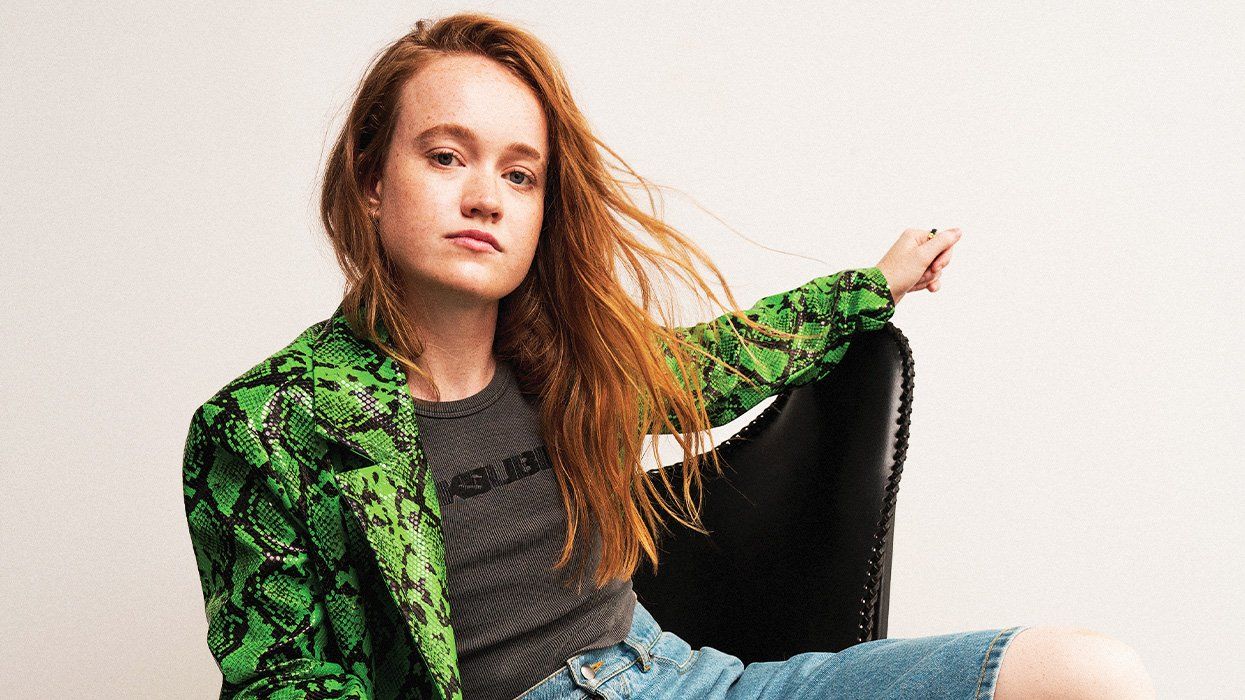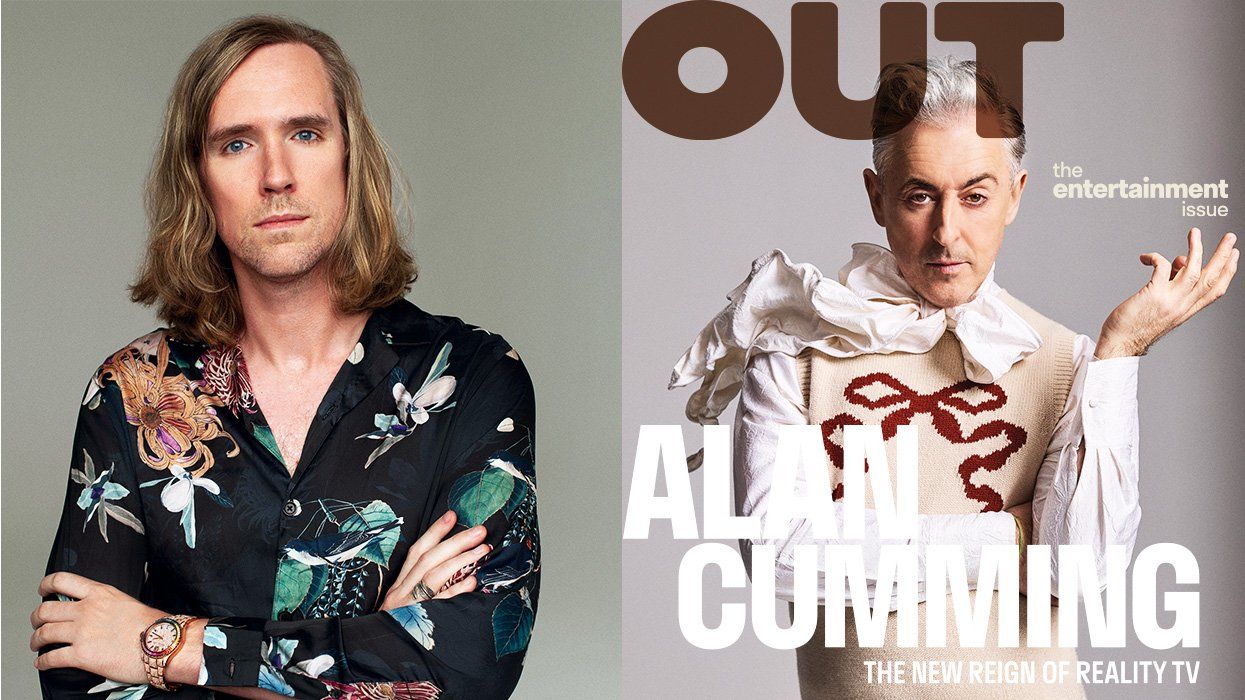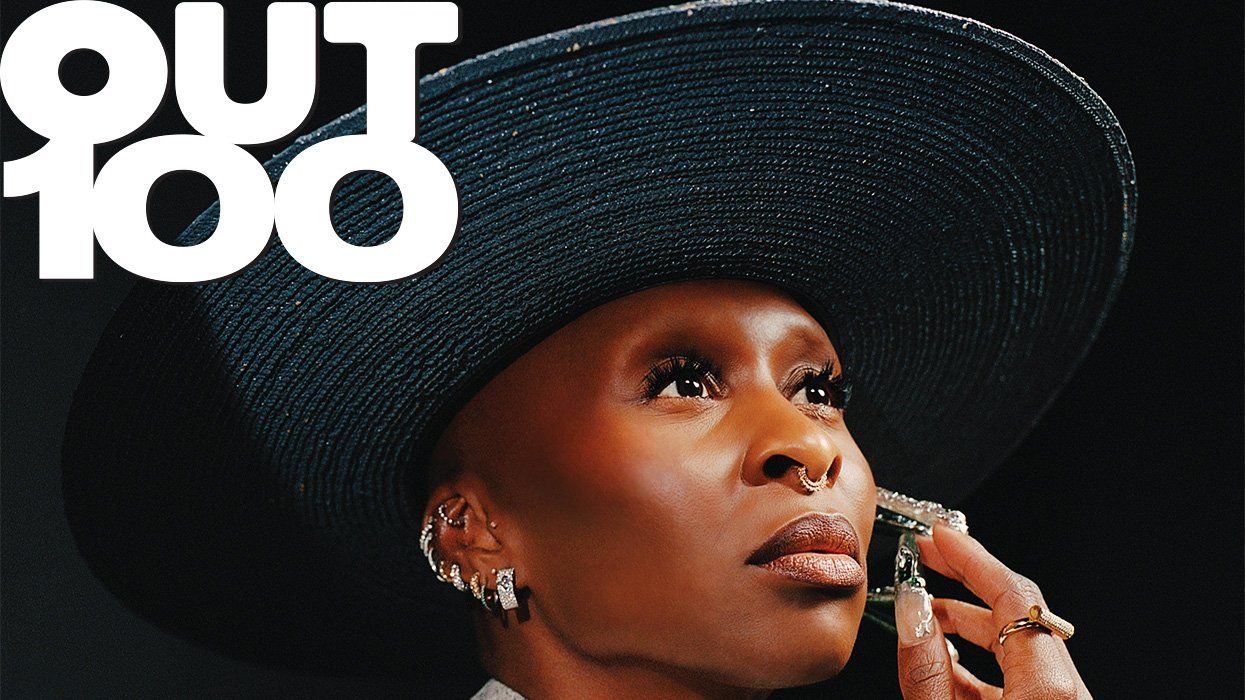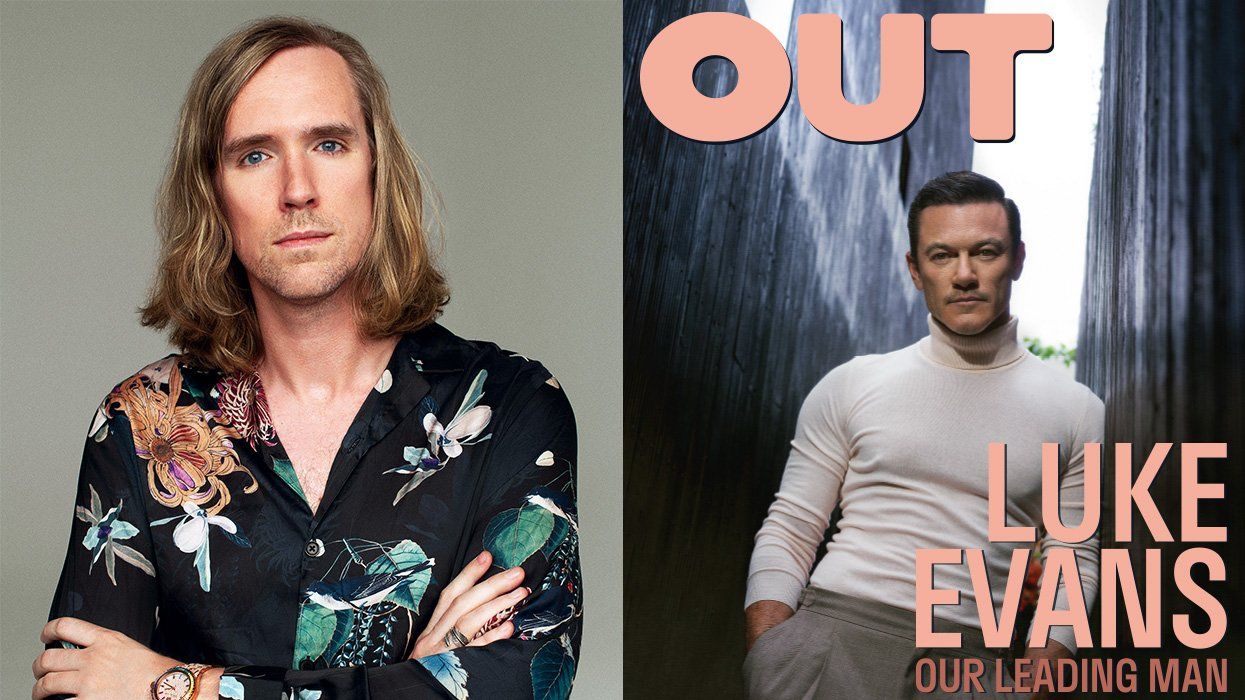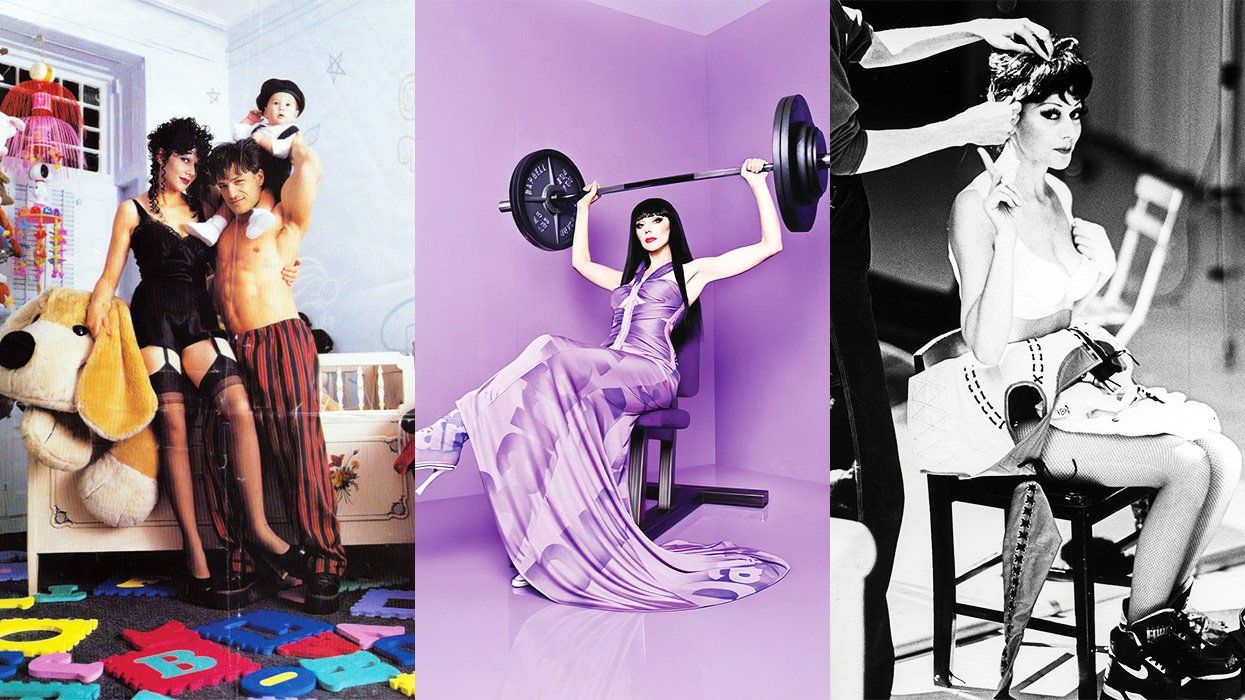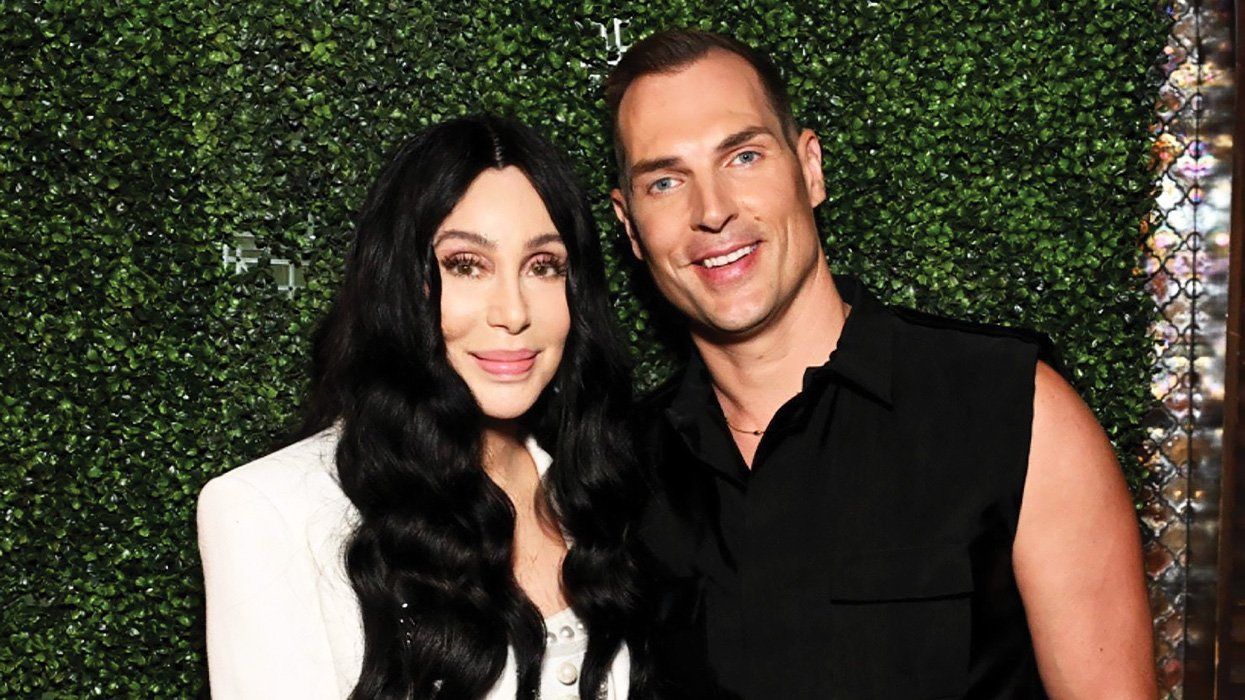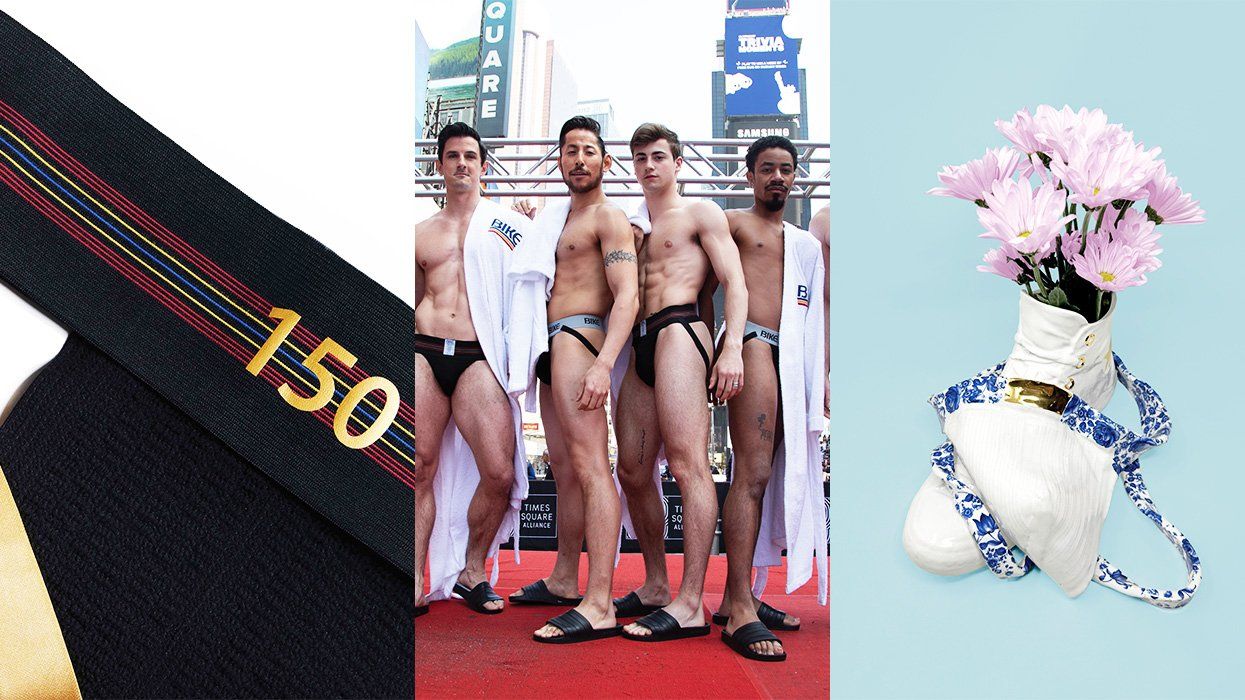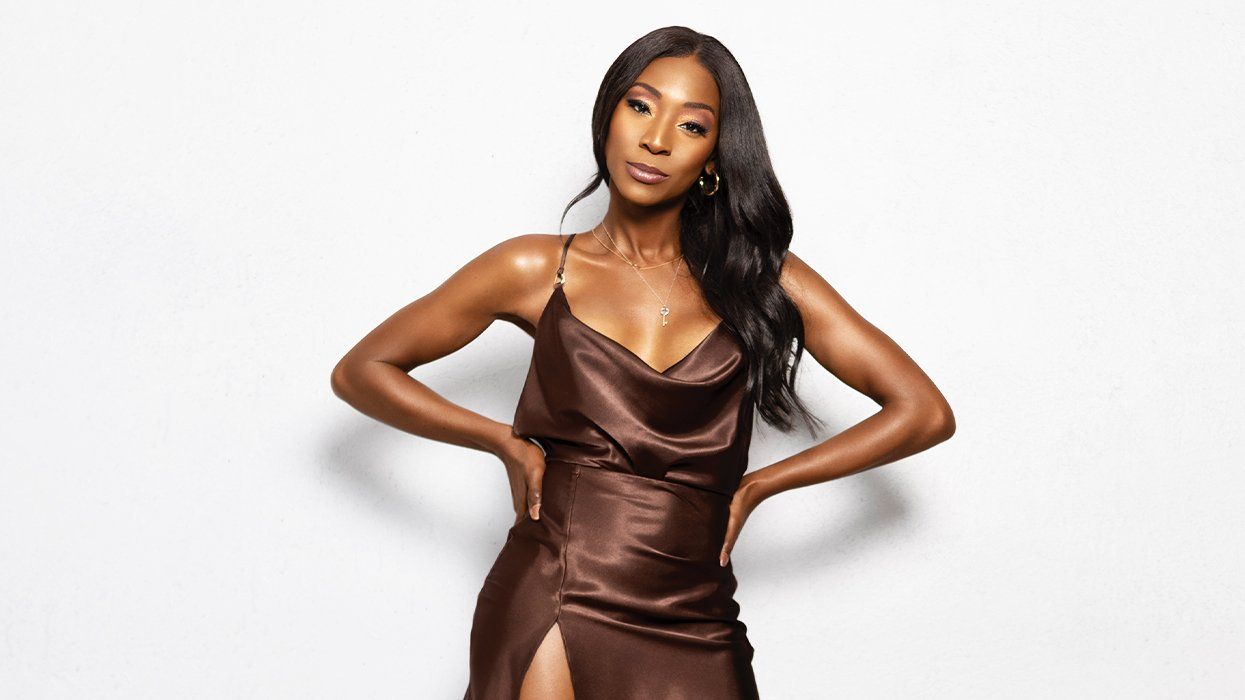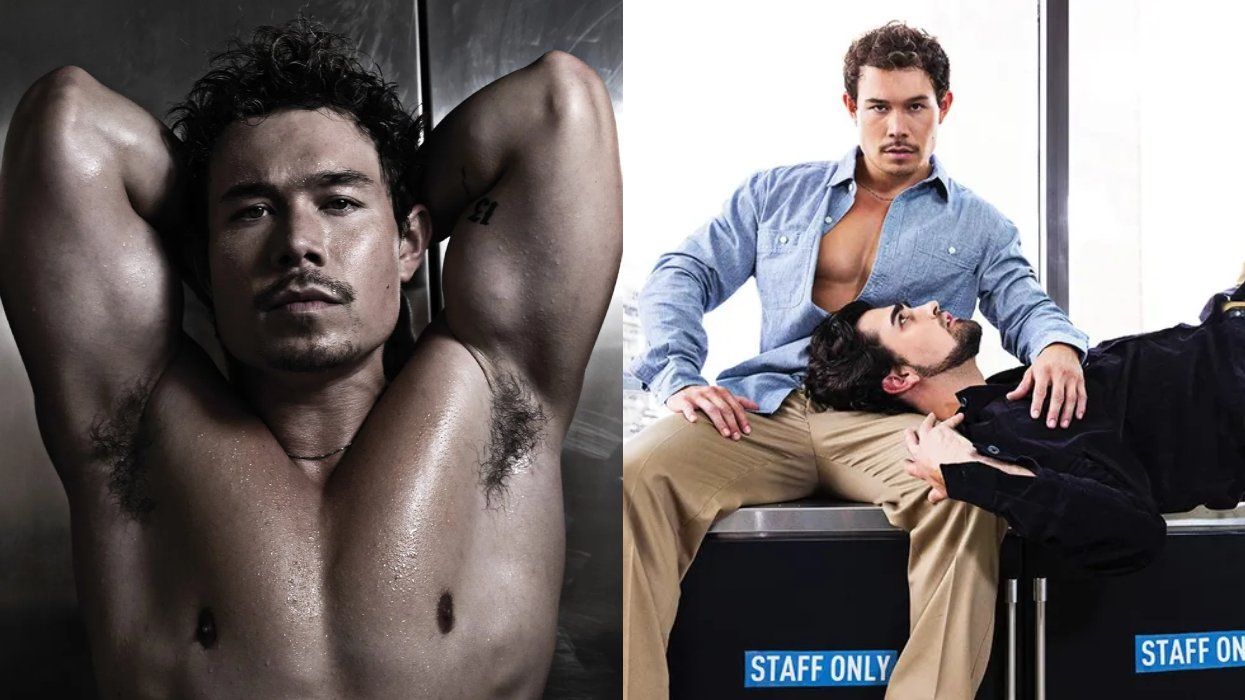There are some scary truths about weaves and hair extensions, but nothing is scarier than being demonically possessed by them. That's the major anchor in director Justin Simien's latest horror comedy, Bad Hair, now streaming on Hulu. The film, set in 1989, is a long-overdue project that is an allegory about how beauty standards placed on Black women can have a lasting effect.
The campiness of Bad Hair is as delicious as its log line sounds. The film follows an ambitious young Black woman named Anna Bludso (played by Elle Lorraine), who, after being criticized for her hairstyle by Vanessa Williams's character (Zora with the "good hair"), gets a weave in the hopes of succeeding in her job at Culture TV, an MTV-like channel. Laverne Cox plays Virgie, the beauty salon owner recommended to Anna. In a gory scene of the killer weave being sewn into Anna's natural hair, the sinister Virgie jump-starts the plot that takes Anna down an evil -- and witchy -- road.
Cox found a personal message in the campy film, remembering a time when she was navigating life as a young actress trying to make it in New York City.
"I thought, If I want to be successful, I need to look like Halle Berry or I need to look like Beyonce or Angela Bassett, or What can I do to make myself marketable, to make myself shape-shift?" Cox recalls. She didn't look like any of those women. "I look like Laverne," she says. "And the world has changed, and luckily there's a space for me to be a working actor, which is amazing, but I think we often still get messages, particularly Black women and particularly around our hair, that we have to do something that's not the way the hair grows out of our heads if we want to be successful. I think that is really the intersection of capitalism and white supremacy. [American author-activist] bell hooks uses the [phrase] imperialist white supremacist capitalist patriarchy to note the intersectional nature of how these systems operate together. In Bad Hair, we see the collision of capitalism with white supremacy, and we also see it with patriarchy with some of Anna's relationships with men."
For Simien, whose 2014 film, Dear White People, won the Special Jury Prize at the Sundance Film Festival before becoming a hit series on Netflix, the fascination with hair horror began when he discovered several Asian films about possessed wigs and hair -- specifically 2005's The Wig from South Korean director Won Shin-yeon. An epiphany happened when Simien discovered that while hair is often a horror motif in that part of the world, it seemed to be missing as a trope in the States.
"There wasn't really anything like it speaking to an American experience," Simien says. "I mean, there's an episode called 'Hell Toupee' about a toupee from hell on [the 1980s TV series] Amazing Stories, and then The Simpsons, but there wasn't anything Black. And certainly there wasn't anything about Black women."
This led Simien to do more research, where he discovered that 1989, the year in which Bad Hair is set, was a pivotal year in the life of the weave.
"That was, really, when Janet Jackson's new look for Rhythm Nation hit the public consciousness," he explains. "That also was the year where Black musical artists were able to be pop artists for the first time without being perfect the way Michael Jackson or Whitney Houston had to be a few years prior. You could just be able to dance and have a cute sound and be able to come in there, show your attitude, and become a pop star in that way. Yet these same pop stars that invented New jack Swing, you couldn't find them on the radar just five years later. White people were singing that music -- and it was called pop -- and why talk about Karyn White and Bobby Brown and Keith Sweat and Janet Jackson? 'It's Britney Spears. We invented it!' It just felt like the same kind of raw deal that Anna is getting in the movie, like, 'Get this and your dreams will come true. Oh, and you might kill a few people. And it might take you over completely. But that's fine. You know, that's in the fine print.'"
There's also an ancestral component in the film, which was important for Simien, a 2019 Out100 honoree. "As Black people in this country, we're completely cut off from our history. It's why we go by 'Black,' because most of us don't know what nation or origin we're from. A lot of those early slave folklore stories, I was never exposed to that stuff. I was just told it was racist. I never read that stuff, and I started reading it and doing research for the film and realized there's actually so many really good lessons for me as a Black person trying to survive in a world that wasn't made for me in this folklore that I've also been cut off from."
He continues, "I just wanted it to feel like if Anna had a way to connect with the wisdom of her ancestors sooner, maybe she could have navigated this a little bit easier. And just the tragedy of that and the Black experience, how much we're cut off from ancient wisdom that other cultures get to hold in their families and in their family lines. I don't think most of us even really recognize what a loss that is."
This piece was originally published in this year's Out100 issue, out on newstands 12/1. The issue has four cover stars: Janelle Monae, Wilson Cruz, Joe Mantello, and Janaya Khan. To get your own copy directly, support queer media and subscribe -- or download yours for Amazon, Kindle, Nook, or Apple News +. The first-ever Out100 Symposium, titled "How Do We Come Back From This" was hosted by Janaya Khan. Watch the first-ever Out100 Virtual Honoree Induction Ceremony on the Out100 Live landing page.


